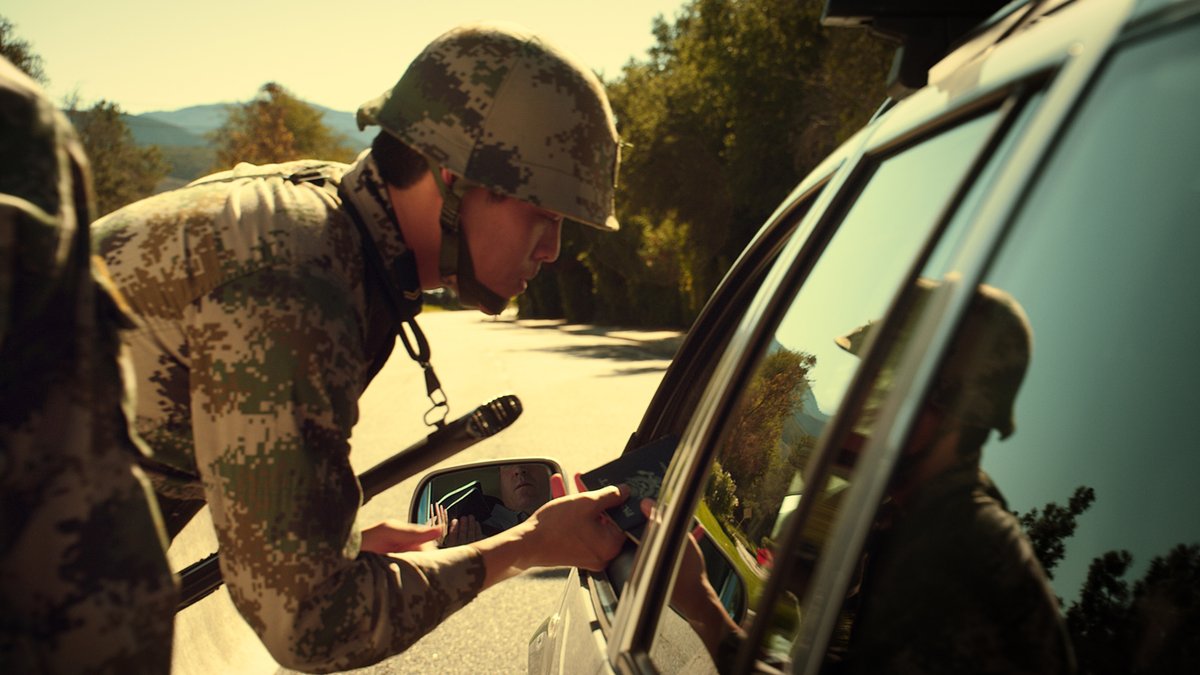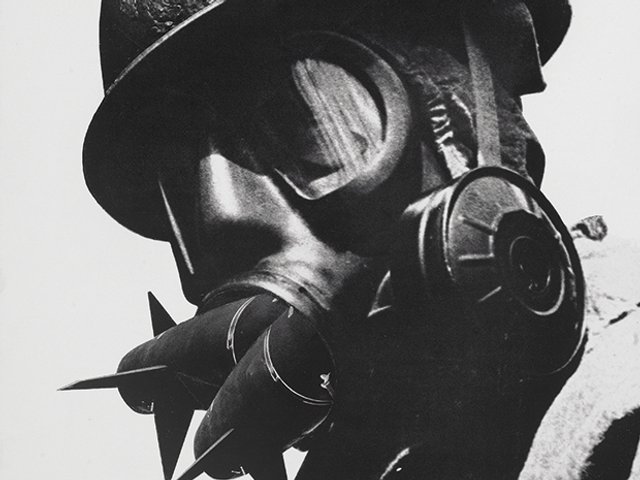As the head of M15 warned this week that the UK faces its most severe ever terrorist threat, the Imperial War Museum (IWM) in London is to open an exhibition looking at a new century of war and terror.
Age of Terror: Art Since 9/11 (26 October-28 May 2018) is the museum’s largest ever contemporary exhibition, featuring more than 40 international artists including Jenny Holzer, Grayson Perry, Mona Hatoum, Khaled Abdul Wahed and Alfredo Jaar. The show is organised into four themes: 9/11; state surveillance and security; weapons (firearms, bombs and drones); and home.
Sanna Moore, the museum’s contemporary art curator, says there are as many as 400 artists who have created works in response to conflict since 2001, which she whittled down to 40. “The internet means we are all so rapidly informed these days, and that filters through to artists,” she says.
Some of the works on display were created almost immediately after the 9/11 attacks. Gerhard Richter painted September in 2005. The artist was en route to New York on 11 September 2001 when his plane was diverted to Nova Scotia.
“Richter was stranded in the middle of nowhere, along with many other passengers, watching events that were happening to him unfold on the media,” Moore says. “In the beginning he didn’t want to show the work. Between 2001 and 2006, the general mood among artists was that they were a little nervous about confronting the subject.”
The IWM is showing a print of Richter’s original painting, which is owned by the Museum of Modern Art in New York and blurrily depicts the moment one of the hijacked aircraft hit the Twin Towers of the World Trade Center.
Another artist who responded immediately was Grayson Perry, who transformed a pot he was already decorating into Dolls at Dungeness September 11th 2001. Meanwhile, Ivan Navarro’s neon light installation, The Twin Towers (2011), is being exhibited in the UK for the first time.
One of the most recent works to be included is a large-scale painting from Indre Serpytyte’s series, 150 mph, which the Lithuanian artist created between 2014 and 2015. The works tell the story of the estimated 200 people who jumped to their deaths when the planes hit the Twin Towers. Many of the bodies reached terminal velocity: 150 miles per hour.
Working from photographs, Serpytyte has airbrushed the falling figures from her paintings. “There were stories in the press at the time that some religious groups believed that the people who jumped should not be memorialised,” Moore says. “These paintings remember those who jumped.”
By ending in 2015, however, the exhibition does not take into account what terrorism looks like today: knife attacks, concert bombings and the online recruitment to Islamic State are not addressed. Moore acknowledges this, but says: “The exhibition looks at the state of emergency the world has been in since 9/11, and continues to be in. In fact, it only seems to be intensifying.”




